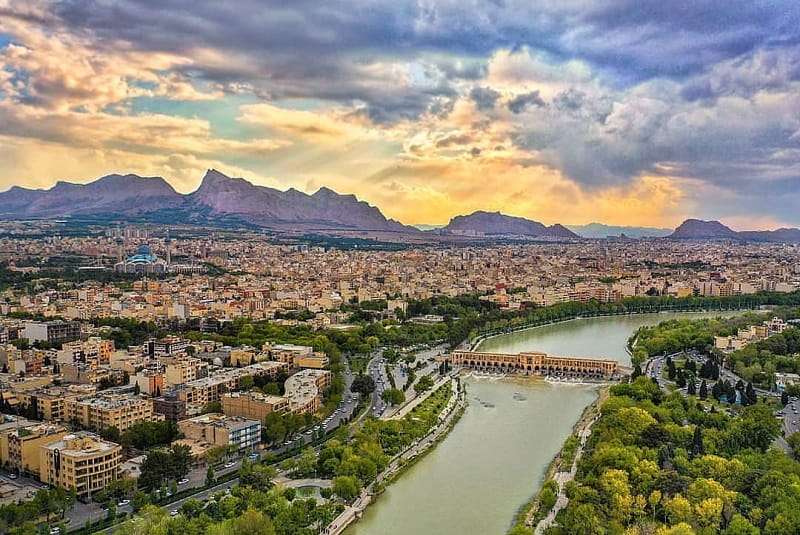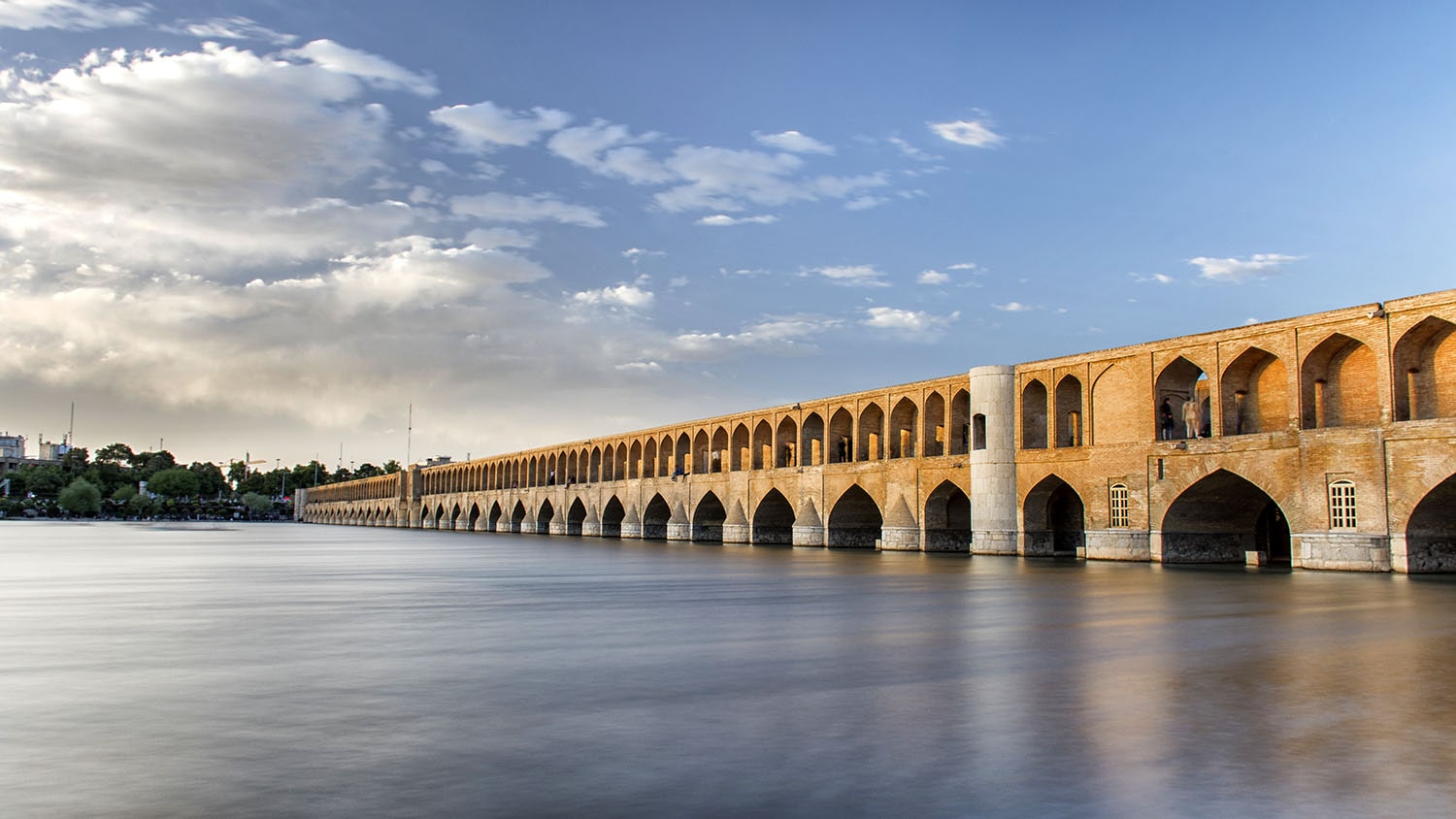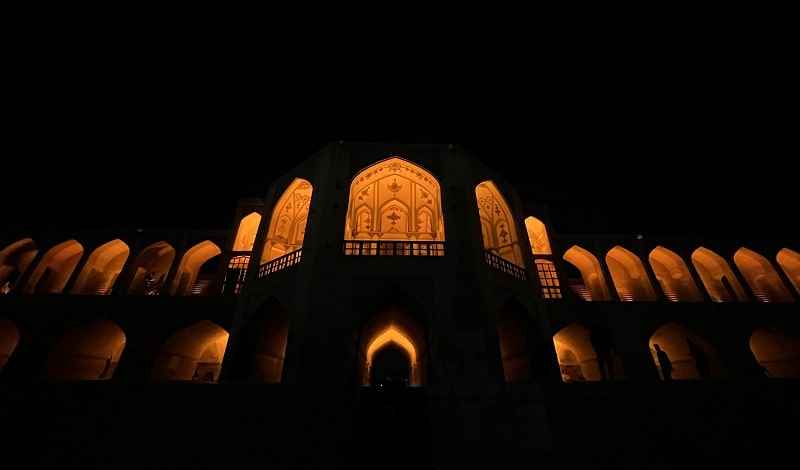Zayandeh Rud Introduction
Most of the historical cities around the world are known for their remarkable, picturesque architecture and olden monuments that have given figures to the historic events and have shaped the metamorphosis of culture in to the art of construction. Imagine if, these cities had held the nature inside such as Zayandeh Rud river, like their beating-heart suc.
Isfahan, as one the olden cities, and one the most popular cities in Persia, holds a treasure of monuments, and valuable historical building, showing each layer of history. In addition, Isfahan includes a lovely breathtaking natural attraction, the Zayandeh Rud River, which is the beating heart of the city.

Zayandeh Rud Vital Vessel
The River is the largest river in the central plateau of Persia, which was once so lively that its fame could be heard miles away from this land. Zayandeh Rud or, Zendeh Rud, originates from the mountains of central Zagros, the most important of which is the Zard Kooh Bakhtiari. This river flows into Gavkhoni Swamp after passing through the central desert of Persia. Zayandeh Rud river with purity is a vital vessel and the main factor of greenery and fertility of Isfahan. This river divides Isfahan into two northern, and southern parts.
The River During Safavid
At the beginning of the reign of the Safavid dynasty, during the ruling of Shah Abbas I, Isfahan was a city in north of Zayandeh Rud. By the order of Shah Abbas, four gardens were built in Isfahan. This led to the expansion and growth of the city to the south, and the other side of the Zayandeh Rud River, which led to the construction of many bridges over the river. Among the oldest bridges that were built at the same time as the city expanded to the south, Si-O-Se Pol Bridge, Khajoo Bridge, and Joubi Bridge could be named that have access to the main parts of the city.
But these are not the only olden bridges built to connect the south to the north. Marnan, and Shahrestan Bridges are the oldest ones in Isfahan, The foundation of which, dates back to the Sasanian era (3rd to 7th century C.E.).

Zayandeh Rud Bridges
Several modern bridges have been built on the Zayandeh River in the last 50 years, which are named from west to east as follows: the Vahid Bridge, Pol Felezi (the Metallic Bridge) Azar Bridge, Ferdowsi Bridge, Bozorgmehr Bridge, and the Qadir Bridge.
Watching Isfahan during the day, and around the Zayandeh River, is watching the city breathing. But if we get to watch the sunset, we will see the nightlife of the city. The lightings around the south and north coasts of the day creates a stunning and breathtaking view, so that you do not want the path to end so that you can walk all the way.
The reflection of the image of the bridges of this old passage in the clear waters of Zayandeh Rud River is one of the most beautiful natural landscapes in the world. Although this reflection occurs during the day, it has a unique effect at night.

The Rud River Behind Stories
Apart from watching this delightful, lovely river day and night, and crossing the spiral over its bridges, you can also engage in other activities such as fishing, which in Zayandeh Rud, in accordance with international fishing rules and some environmental rules of Persia.
It should be noted that limited rivers around the world are capable of rafting. Zayandeh Rud is also one of these roaring rivers, which, of course, you have to go outside the city to do rafting.

